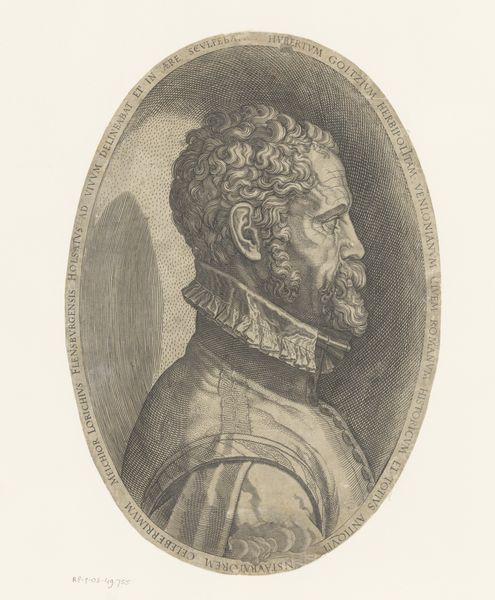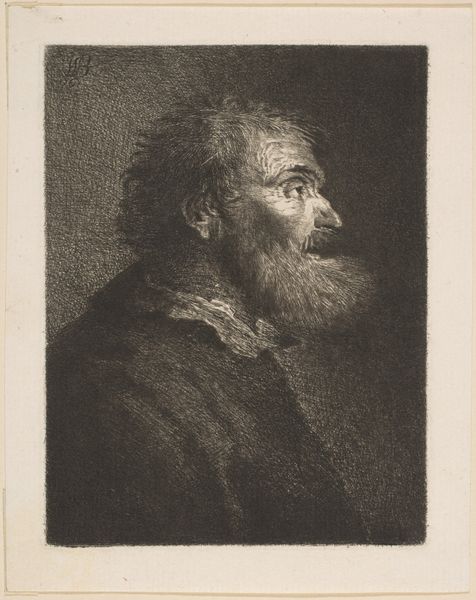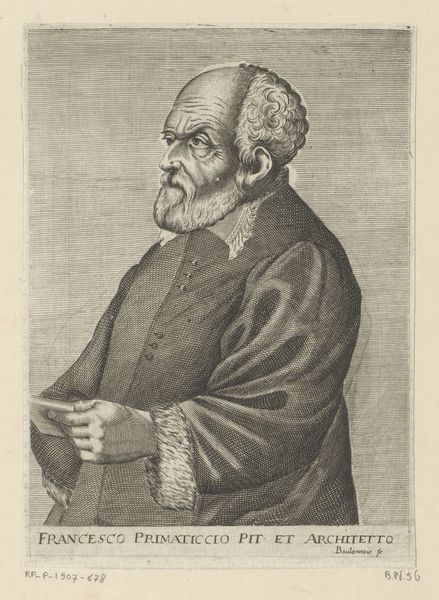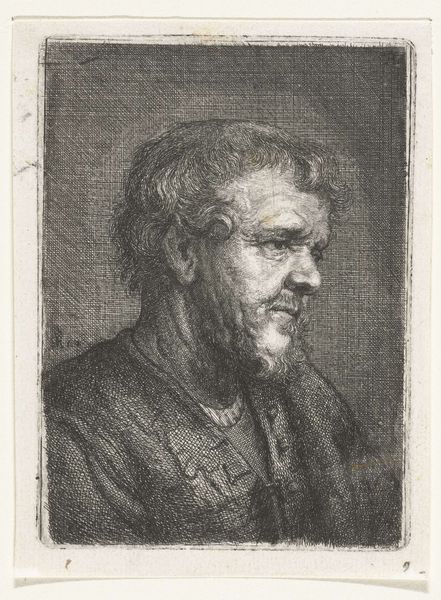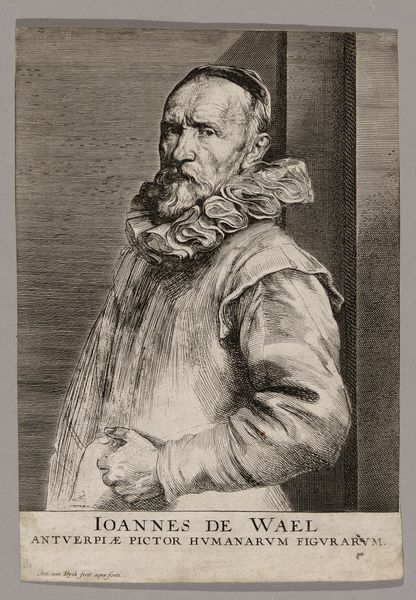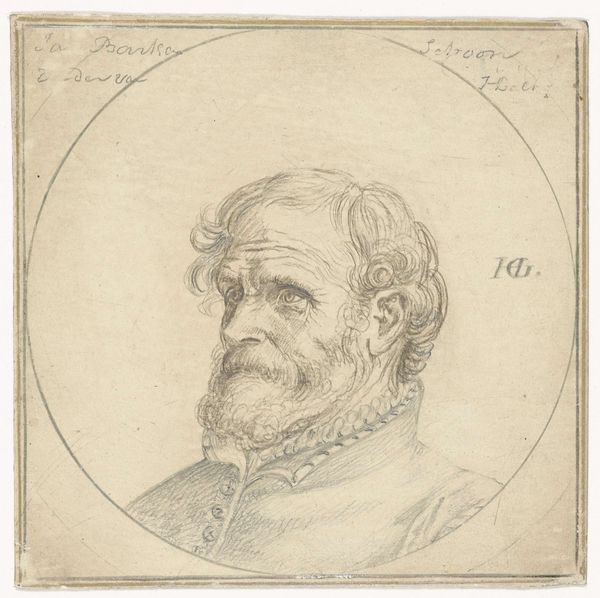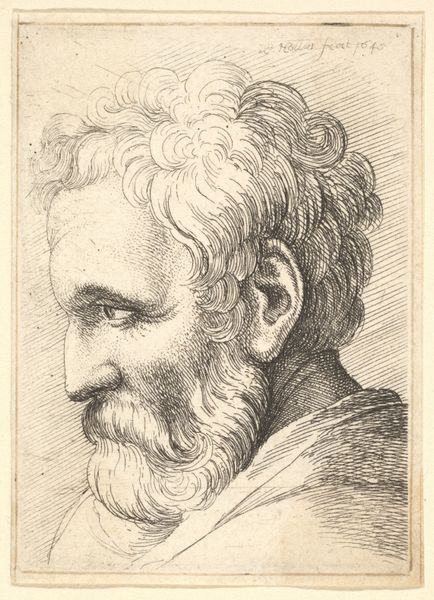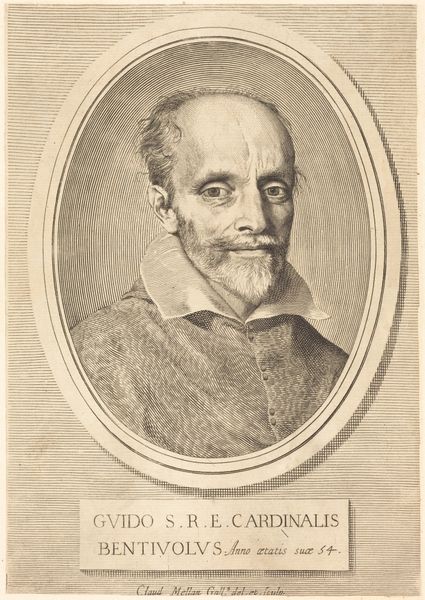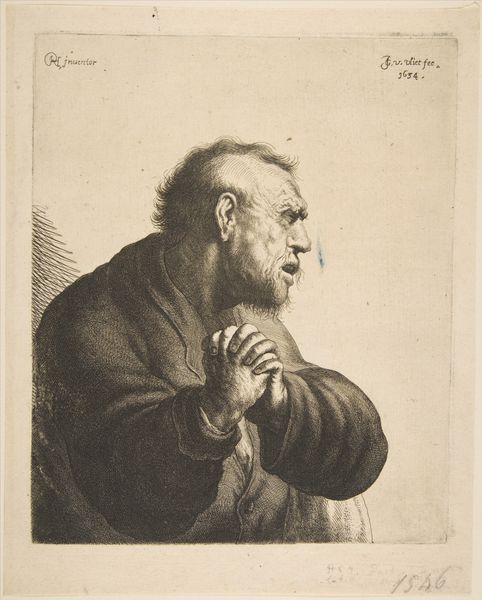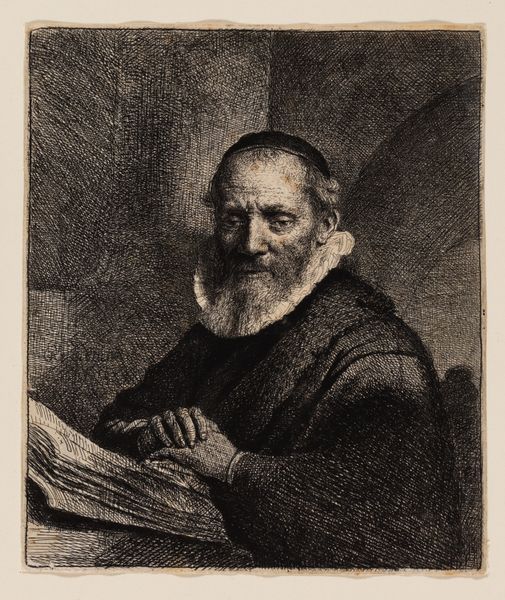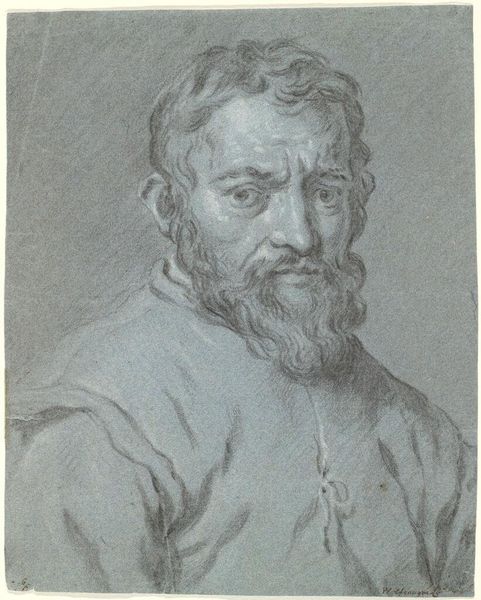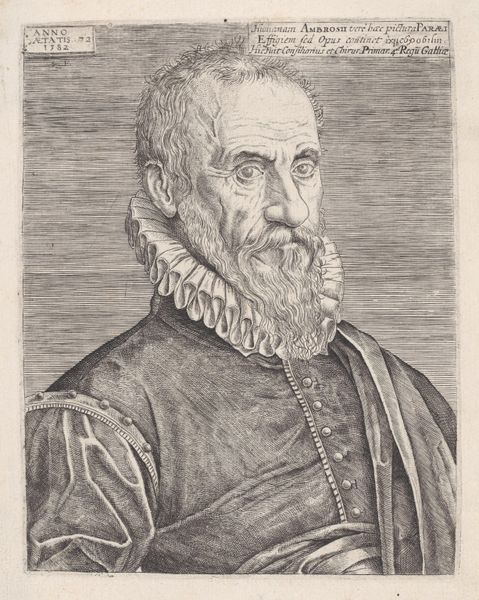
print, engraving
#
portrait
#
baroque
# print
#
line
#
history-painting
#
engraving
Dimensions: plate: 25.6 x 18.9 cm (10 1/16 x 7 7/16 in.) sheet: 26.4 x 20.2 cm (10 3/8 x 7 15/16 in.)
Copyright: National Gallery of Art: CC0 1.0
Curator: This is Philip Fruytiers' engraving of Godefroy Wendelin, created in 1648. It's a striking portrait, isn't it? Editor: Absolutely. I'm immediately drawn to the intensity of his gaze. The artist captured a profound depth in his eyes, making me wonder about his life, what he was passionate about. Curator: Fruytiers, part of the Antwerp school of Baroque artists, here immortalizes Wendelin, a figure known in academic circles. What I find fascinating is how this image circulates ideas about the worth and importance of intellectuals in the 17th century. The very act of commissioning and creating the print elevates his status. Editor: Agreed. And the choice of engraving itself feels significant. Think of the precision required, mirroring the scientific rigor Wendelin embodied. Line by line, the image builds, reflecting his analytical mind and dedication to knowledge. We find not only the person, but the ideals he embodied captured in the method used to represent him. Curator: Precisely. Wendelin, of course, was a renowned astronomer, mathematician, and genealogist. What might escape the contemporary observer is how prints like this were essential to building reputations and fostering intellectual networks. The inscription below actually says "To the image of the Revered and most Learned Godefroid Wendelin." Editor: That's telling. I’m fascinated by the robe and the buttons lining it, which give the man portrayed certain decorum, though it doesn't give away his standing as a man of intellect, a mathematician. He needed those accoutrements, it feels, to validate the sitter’s reason to have his portrait made and reproduced to begin with. The weight and texture implied in those visual cues add dimension to his legacy. Curator: A great point. So much of the visual language then serves to confirm social hierarchies and project authority through accessible means of mass production like the printing press. This image would find its way into books, academic circles, serving to bolster his place within the intellectual community. Editor: It certainly does what it sets out to accomplish. Looking closer I think about how each of those lines contributes something unique to understanding our shared memory and cultural history. It reveals something very specific about what humanity valued during his life and now. Curator: Exactly. What was important then continues to speak across centuries through these enduring portraits. Editor: A fascinating insight into 17th-century intellectual life.
Comments
No comments
Be the first to comment and join the conversation on the ultimate creative platform.
